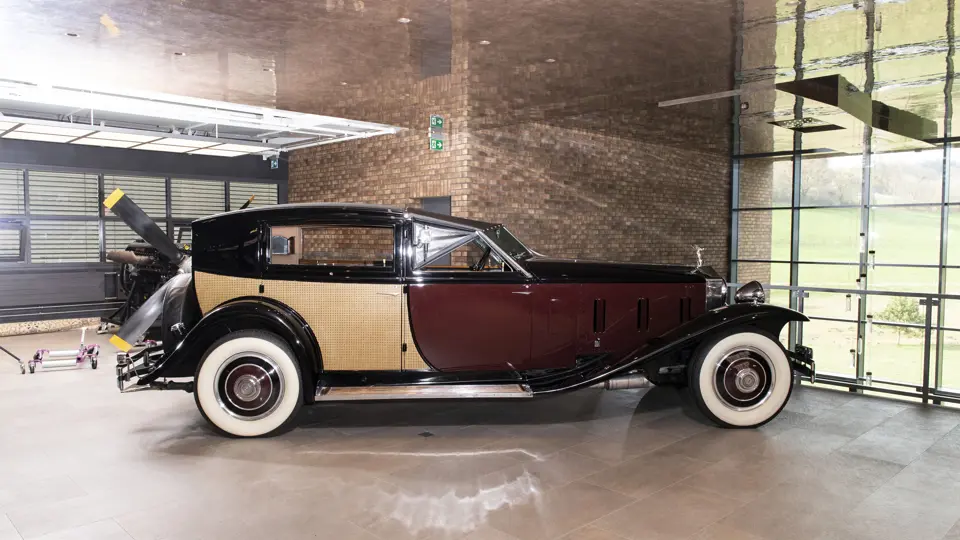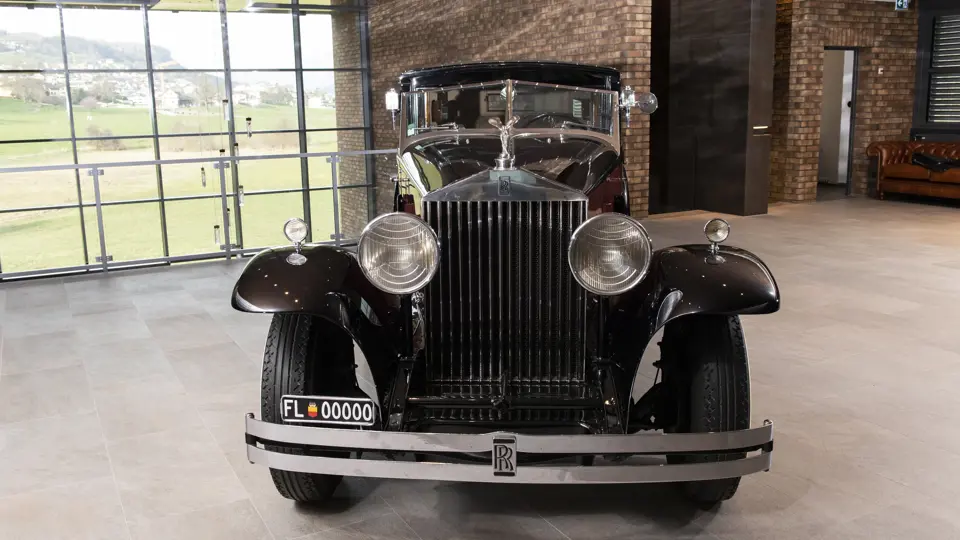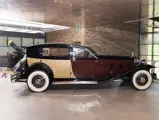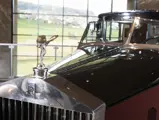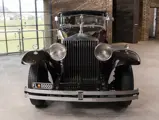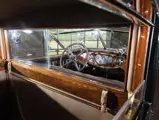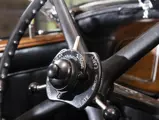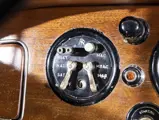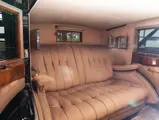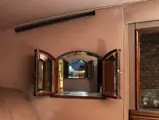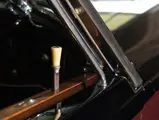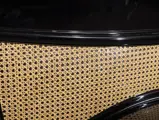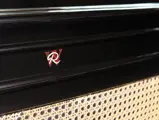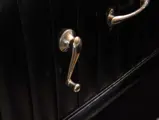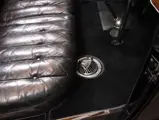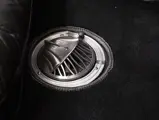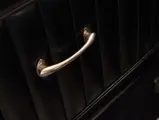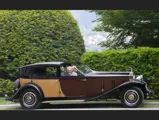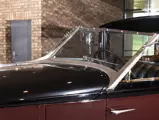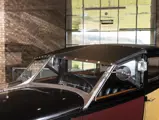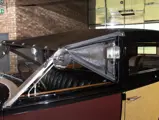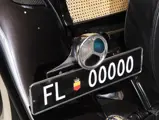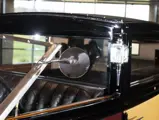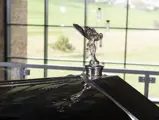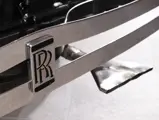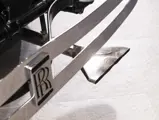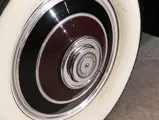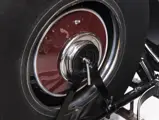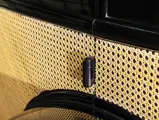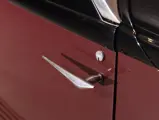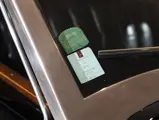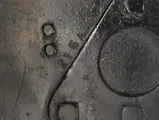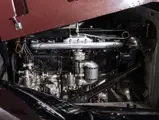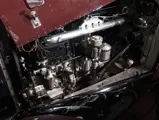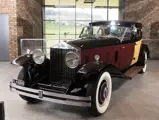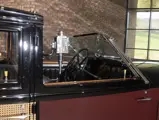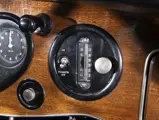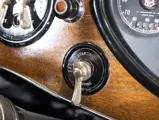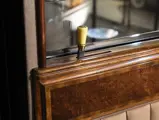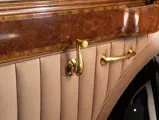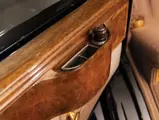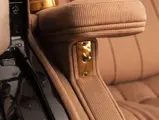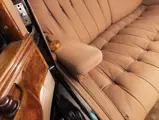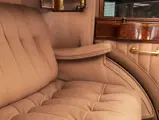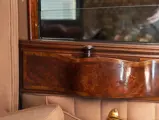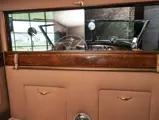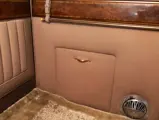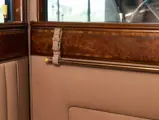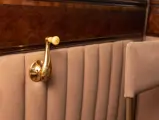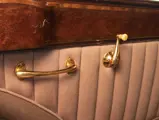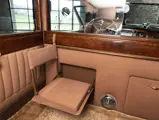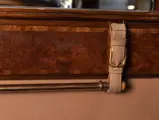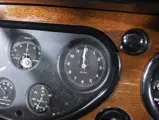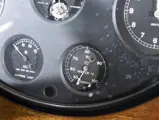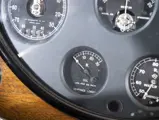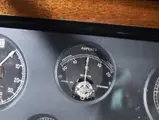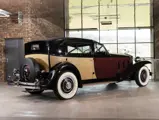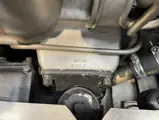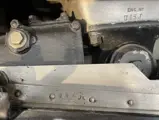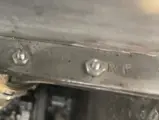
1933 Rolls-Royce Phantom II Special Brougham by Brewster
{{lr.item.text}}
CHF1,580,000 | Sold
{{bidding.lot.reserveStatusFormatted}}
- A one-off streamlined sedanca de ville of exceptional elegance
- Wonderful known provenance since new
- Well-maintained its entire life, with only the most sympathetic restoration
- Nicely documented with copies of build records and historic photographs
- Among the most beautiful and historically significant of all Phantom IIs
A MASTERPIECE FOR MRS. DICK
Envision the formal sedanca de ville, and what comes to mind is something exactly that: formal, with lines stately, dignified, but not necessarily beautiful. C. Mathews Dick had different ideas, born of three very important considerations. He was a successful American architect, and therefore he had an artist’s eye. He was the son of mimeograph magnate A.B. Dick, whose office machines were as essential in the 1930s as copiers are to the business of today; money, therefore, was no object. Finally, he was married to the former Garnett “Shirley” Crossan, a woman of grace, elegance, and style—and who deserved, he thought, an automobile with the same verve.
Coachbuilder Brewster met the challenge of his request, working one of the scarce U.S.-delivery, left-hand drive “AMS” Phantom II chassis, number 218AMS. Their design began with a sharply raked, vee’d windshield, of a special design for Mrs. Dick. This was complemented by triangular roll-up windows in the front doors that functioned as wind wings and brought the rakish lines of the windshield all the way back to the classical Brougham-style rear compartment, accented by tasteful electric carriage lamps. The gently sloping roofline began at the windshield and continued in a perfectly balanced arc to the front of the passenger compartment, which slopes visibly at the rear. Slim, open front fenders, streamlined Brewster door handles, and a single rear-mounted spare collectively exaggerated the extraordinarily long appearance.
Within the “caned” doors was an exceptionally comfortable rear compartment, with the seat upholstered in button-tufted wool cloth, personally selected by the Dicks; a pair of drop seats were provided, one with back and one without, on a sunken floor specified by Mrs. Dick. Surroundings of handsome inlaid woodwork, gold-plated hardware (extending even to the Brewster sill badges), and pleated door caps accentuated the luxury. The Dicks chose the wood trim from samples and hand-selected the vanity fittings. Even the heater itself was of special design, warming the Dicks’ feet on winter evenings through Art Deco floor vents.
All of these highly detailed specifications were recorded on the Motor-Carriage Proposal and Sales Department Chassis and Coachwork Instructions, copies of which remain extant and easily call to mind the vision of Mr. and Mrs. Dick sitting together with Rolls-Royce representatives and spelling out exactly what was desired. Indeed, the documents indicate that headroom and legroom were continually revised until the car was as tailored to its occupants as a Savile Row suit or a Schiaparelli gown.
LIFE AT OCEAN VIEW
Final delivery of chassis number 218AMS was to the Dick residence in Washington, D.C. Earlier discussed had been the possibility of delivery to another home, Ocean View, in Newport, Rhode Island. Built in 1866 along Newport’s famed Bellevue Avenue, Ocean View had been acquired by the Dicks in 1934, at the same time as the Phantom II was being built. The earliest known photograph of the car was in fact taken at Ocean View in 1936.
Palatial home and palatial automobile were well-matched, and it was no surprise that after the Dicks separated in 1940, Shirley Dick retained both the Rolls and Ocean View, which became her permanent residence with new husband J. Gordon Douglas. The Phantom II was stored at the Newport estate from 1955, as noted in a 1964 classified advertisement for the car placed in The Flying Lady by Mrs. Douglas’ nephew, George Crossan Seybolt, noting that the car was “designed for and delivered new to present owner.” Surviving photographs show that it remained original and in good shape, aside from having had its canework painted over in black.
MODERN HISTORY
Dr. Gerald Rolph, a dedicated enthusiast then living in Massachusetts, responded to the advertisement and purchased the stunning Phantom II. Ahead of his time, Dr. Rolph maintained the integrity of the low-mileage original car by only restoring the exterior to its original appearance, aside from a change of color scheme from all-over black to two-tone maroon and black, while leaving the well-preserved interior undisturbed. He meticulously oversaw restoration of the exterior canework, describing the painstaking research into the process in an in-depth article in the July-August 1972 issue of Antique Automobile.
The finished car debuted at the Rolls-Royce Owners Club National Meet in 1965, receiving the Blenheim Trophy as Best of Show. In recent correspondence, Dr. Rolph noted that he took the car overseas for a tour of England and Scotland in 1967, and while there was a guest of the Douglas family in their homeland. The Phantom II was shown in the International Rolls-Royce and Bentley Pageant at Goodwood, winning first place in its class.
The car remained a centerpiece of Dr. Rolph’s collection until 1997, a period of 33 years. That year, it was purchased by the great collector Roger Willbanks of Colorado. Mr. Willbanks retained the car until 2008, when it was then sold to noted enthusiasts and dual Pebble Beach Concours d’Elegance Best of Show-winners, Judge Joseph and Margie Cassini. Subsequently the car joined the Seeger Collection, only its fifth home since new, where it today resides with only 46,000 miles of use in 87 years.
While part of the collection the car has been, in typical fashion, diligently maintained, with work including refinishing of the front fenders, installation of new front side curtains, and new carpeting and partial door trim to the otherwise unrestored interior. It has been only occasionally shown, most notably at the 2011 Concorso d’Eleganza Villa d’Este, where its restrained restoration was recognized with the FIVA Trophy for Best Preserved Prewar Car. It has been carefully scrutineered and has received a FIVA Identity Card, making it eligible for many further showings at significant worldwide concours events. Residents of Liechtenstein will recognize it immediately—it has even been featured on one of the Principality’s postage stamps, examples of which are on file!
The timelessly alluring aura of chassis number 218AMS is best reflected in a story told by Dr. Gerald Rolph, of his visit with the car to England in 1967. While in London the car was serviced by the famous Jack Barclay dealership, and Dr. Rolph proceeded to commission a chauffeur and use the Phantom II to take the firm’s managing director, H. Fergusson Wood, and his spouse to dinner. Mr. Wood mentioned that he did not feel that the car would draw much attention, as old Rolls-Royces remained common in London at the time. The chauffeur-driven equipage proceeded to virtually stop traffic, and a somewhat abashed Mr. Wood allowed that “perhaps there is something different about this car.”
There is, indeed.




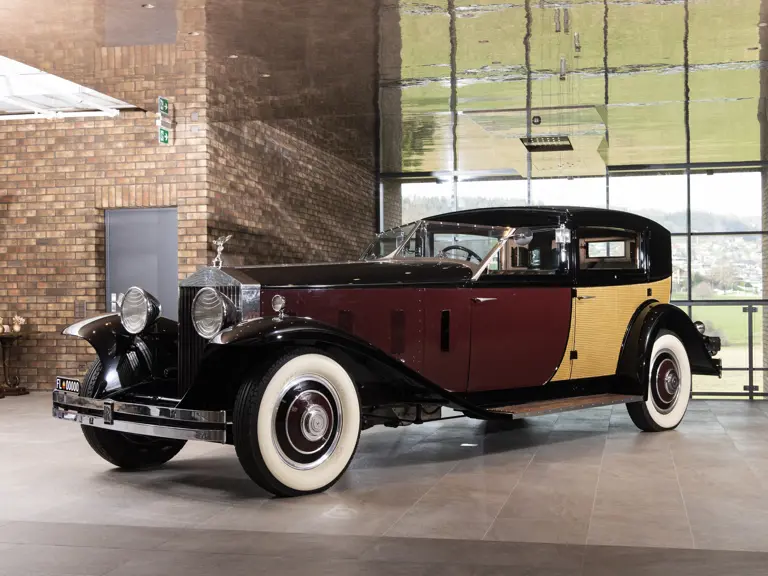
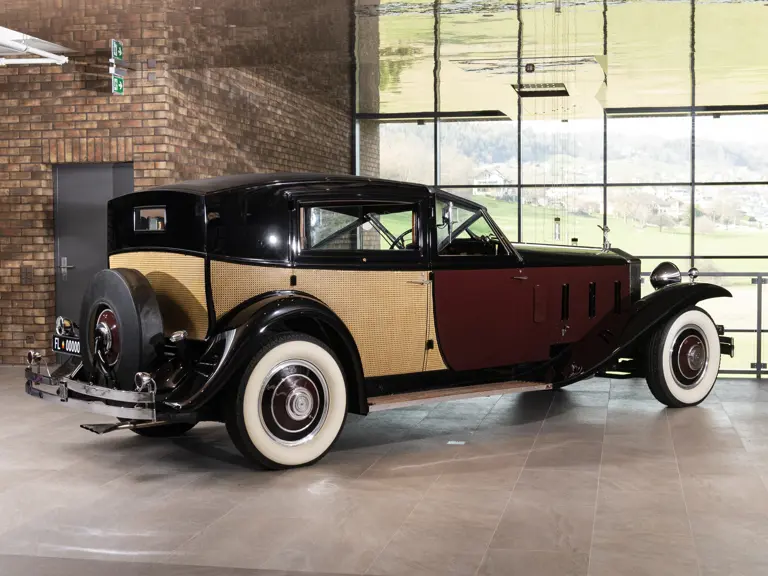
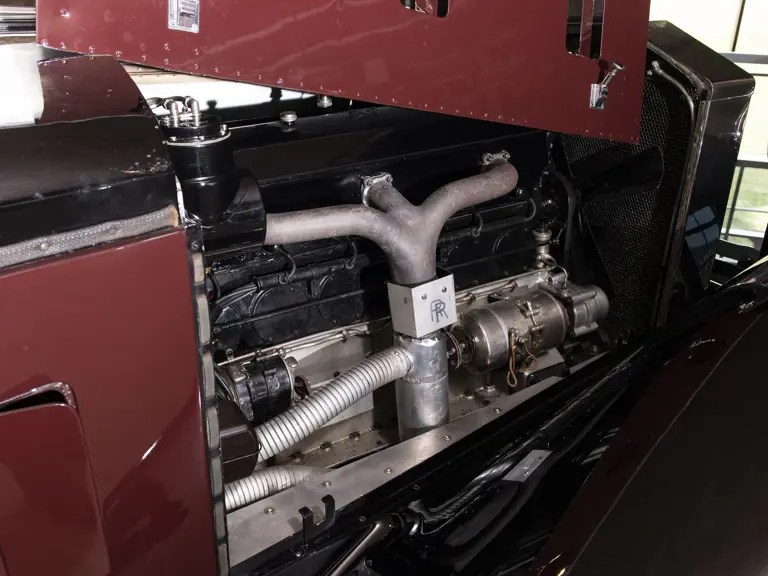
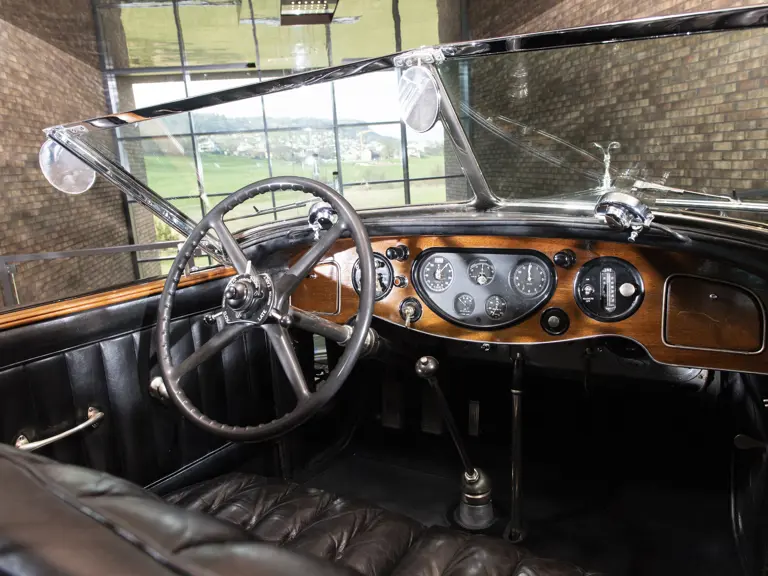
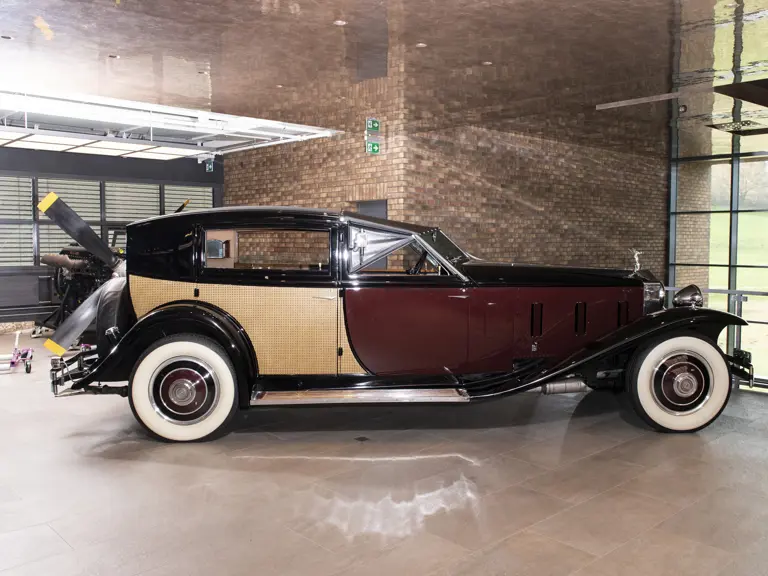
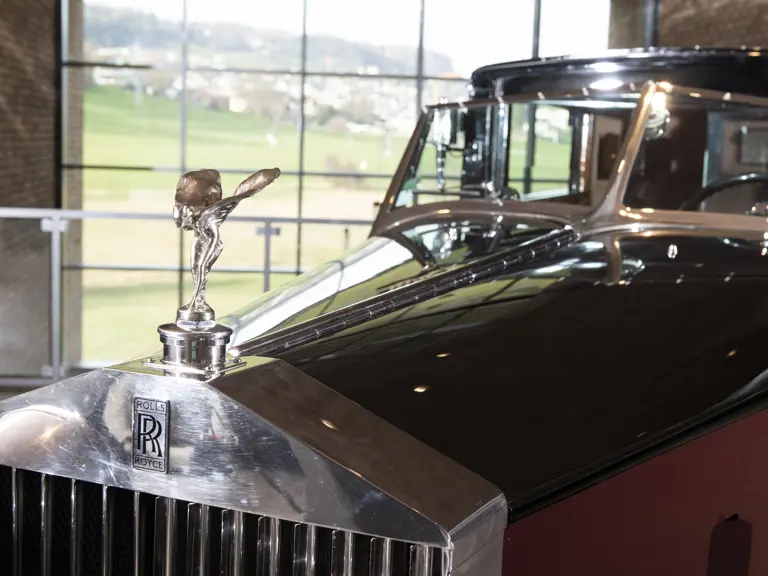
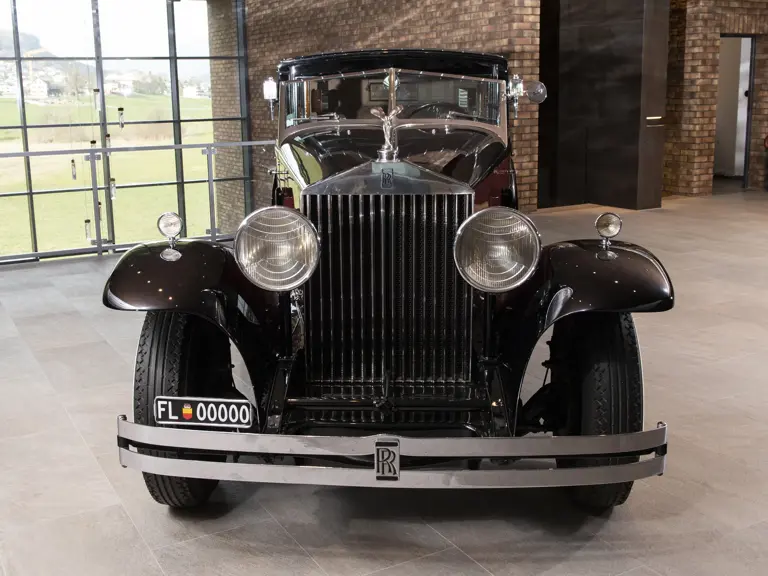
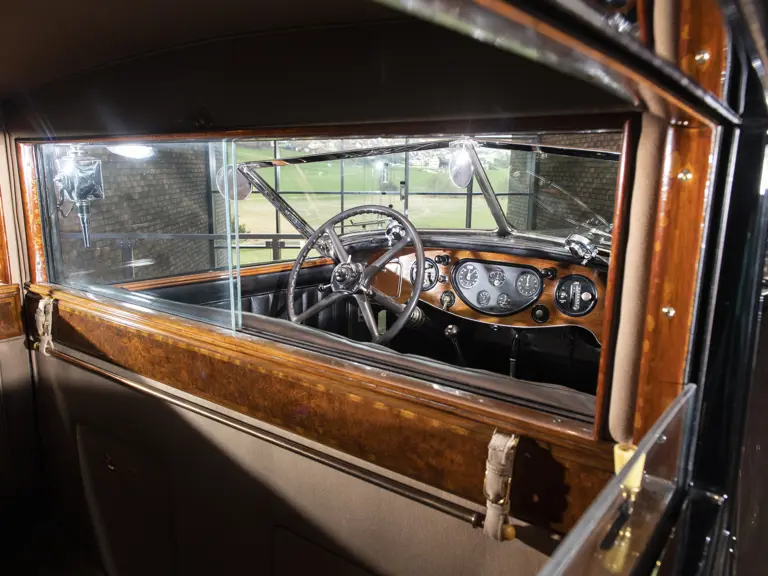
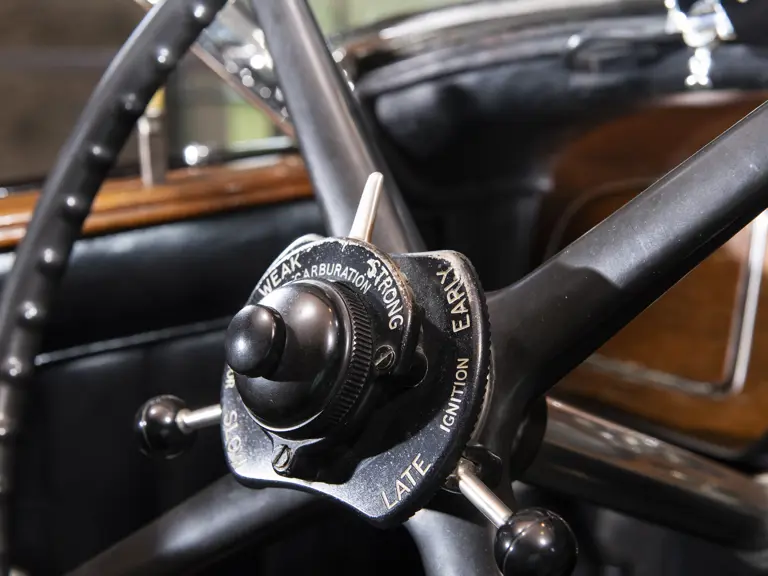
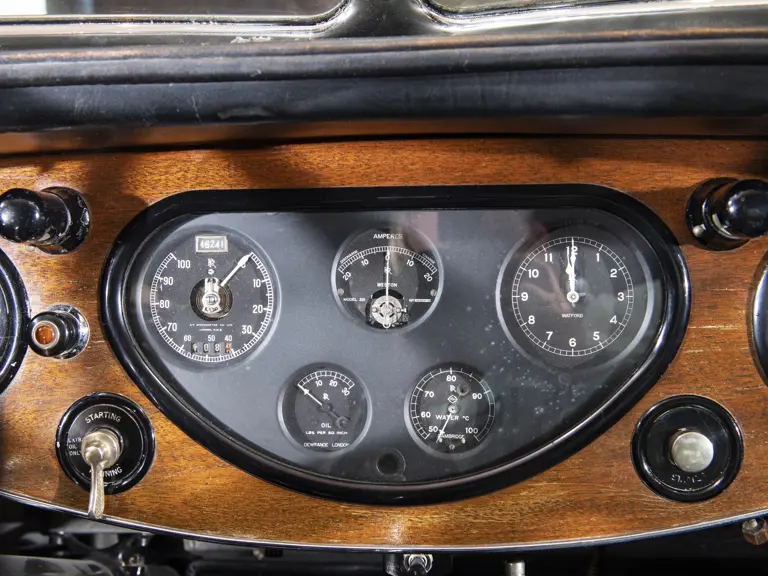
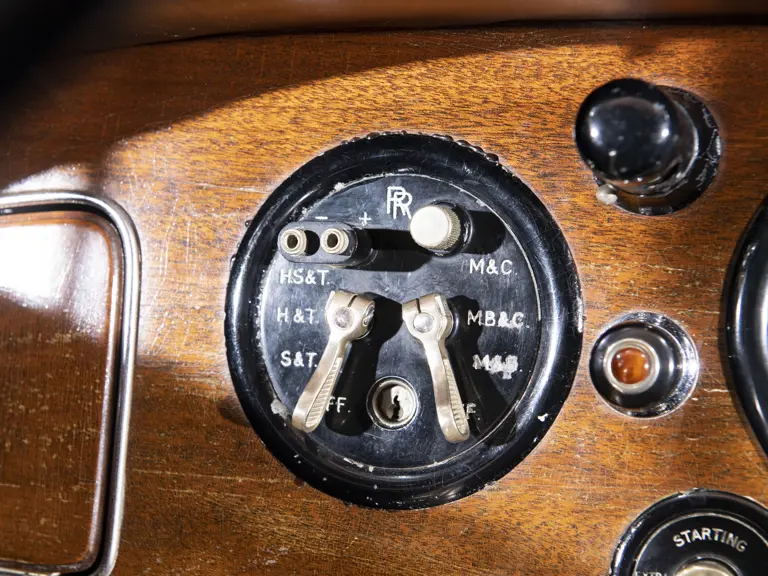
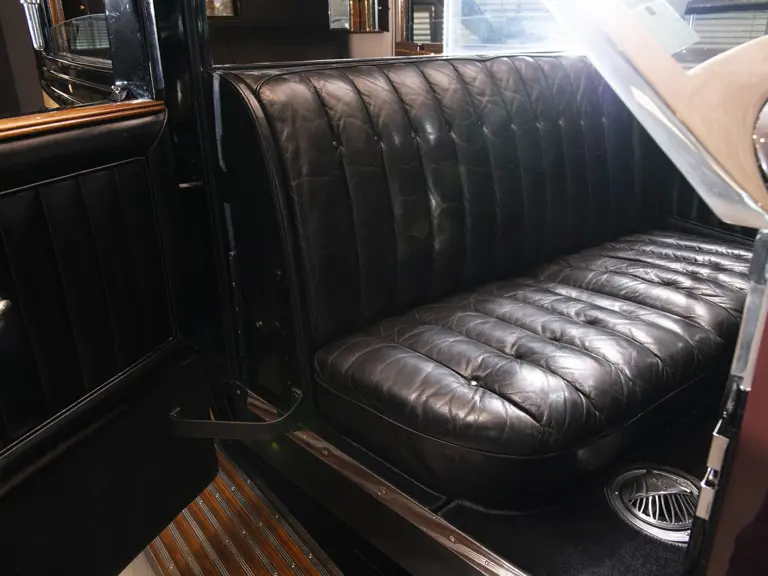


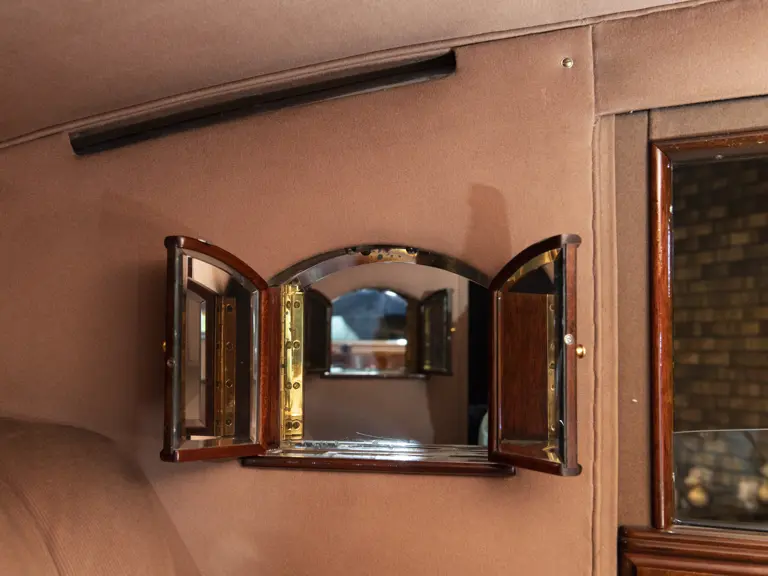
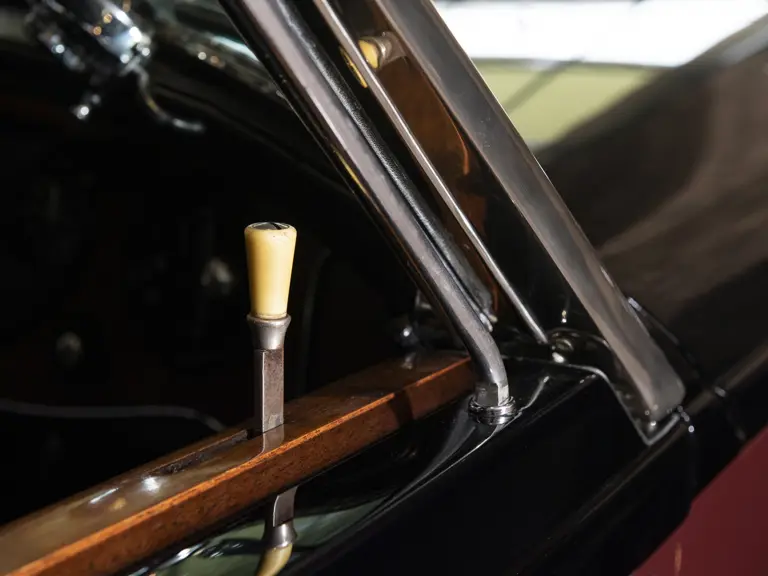

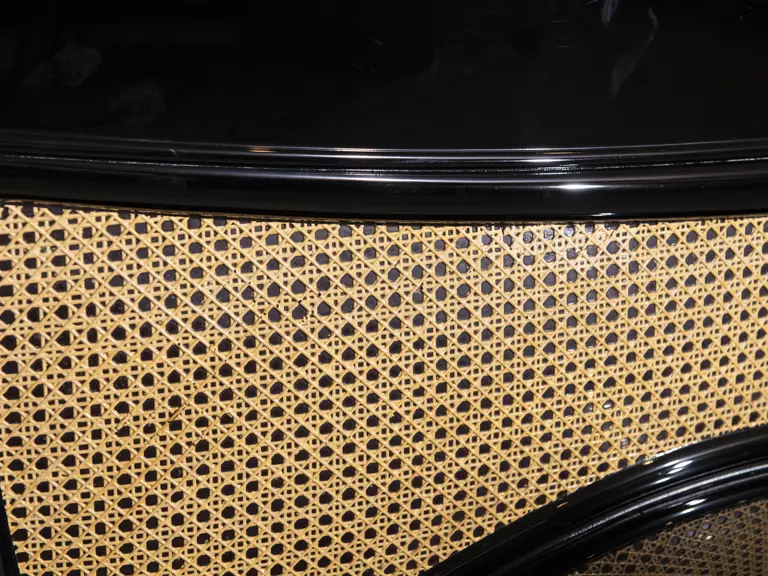
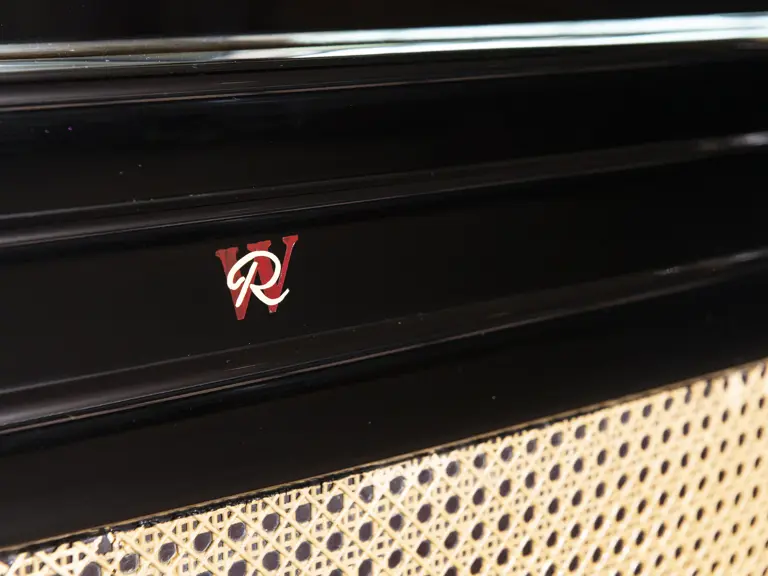
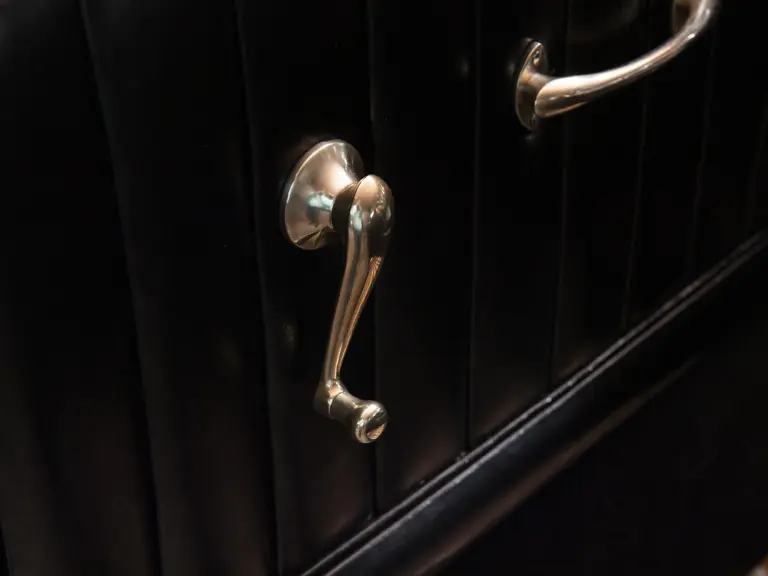
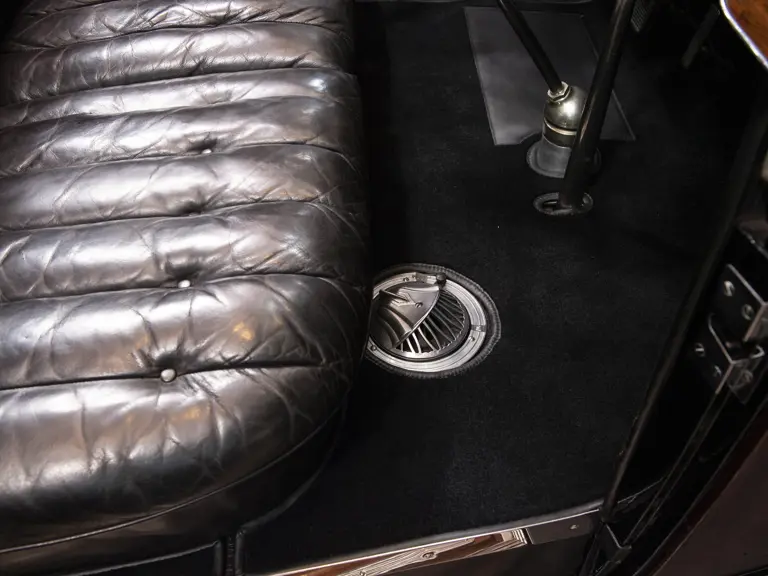
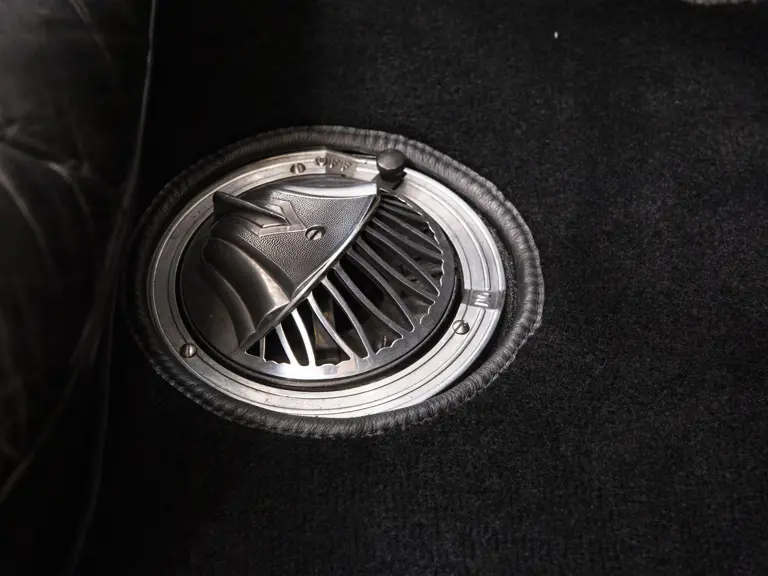
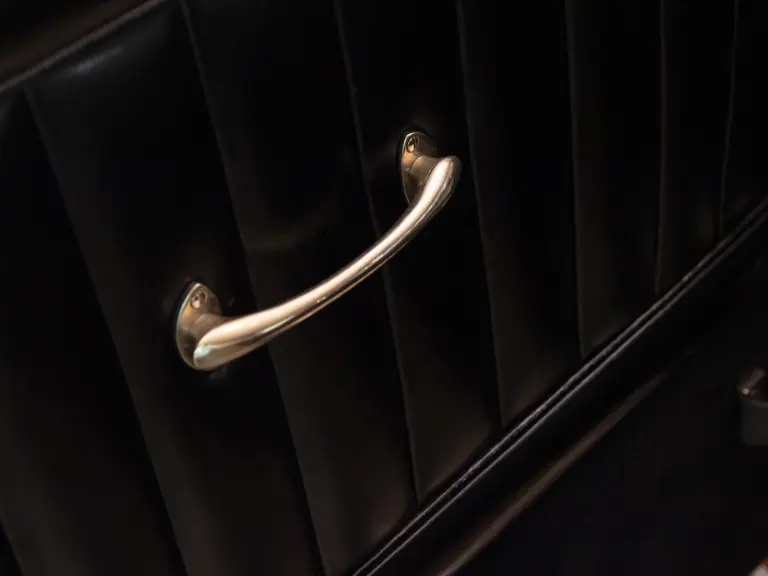
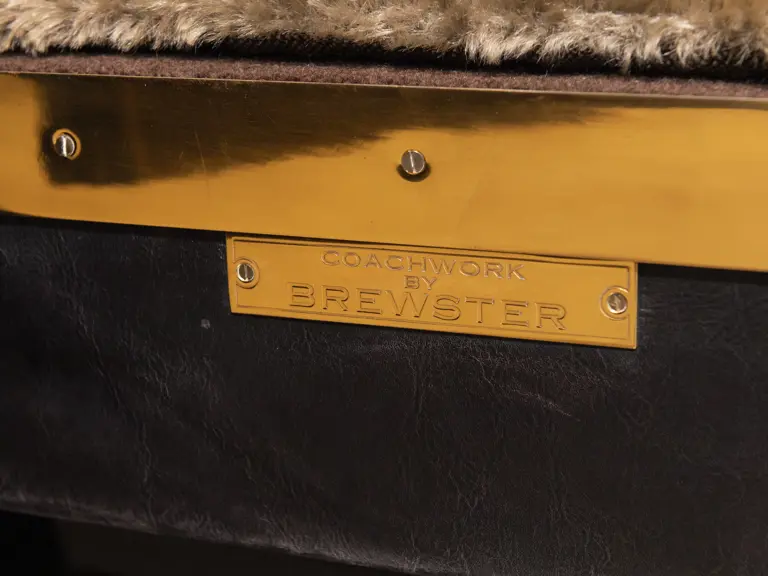

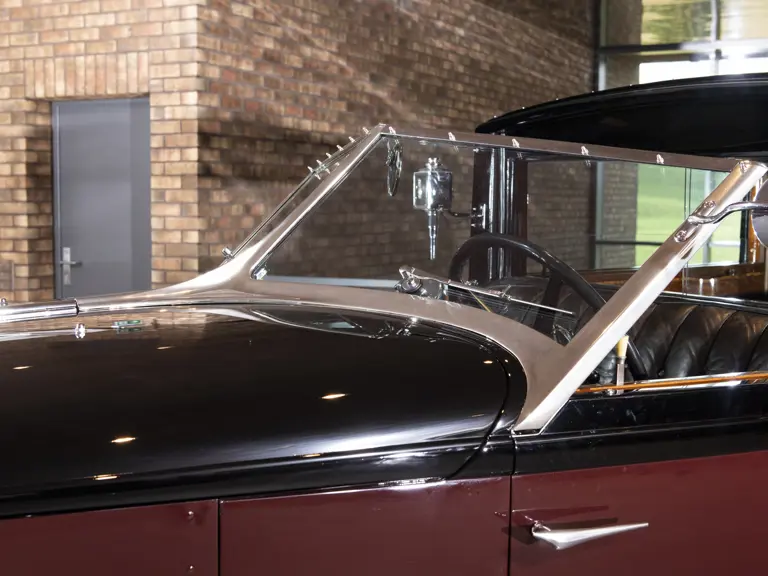
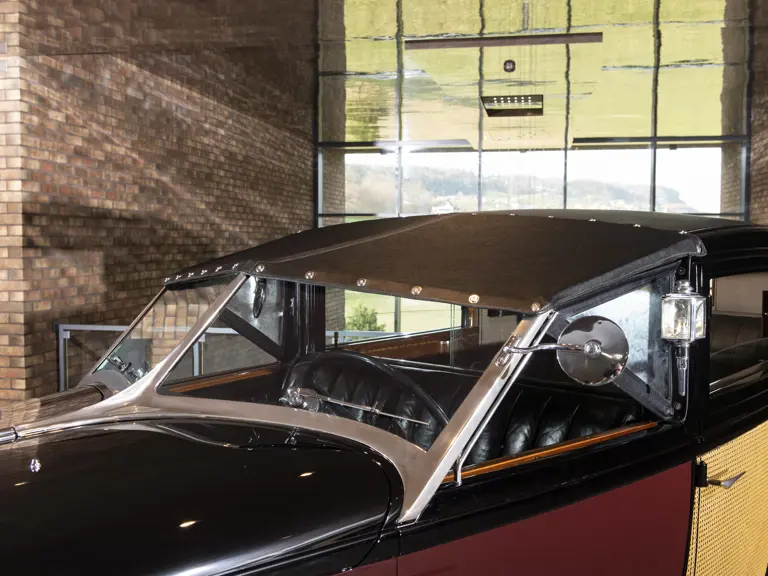
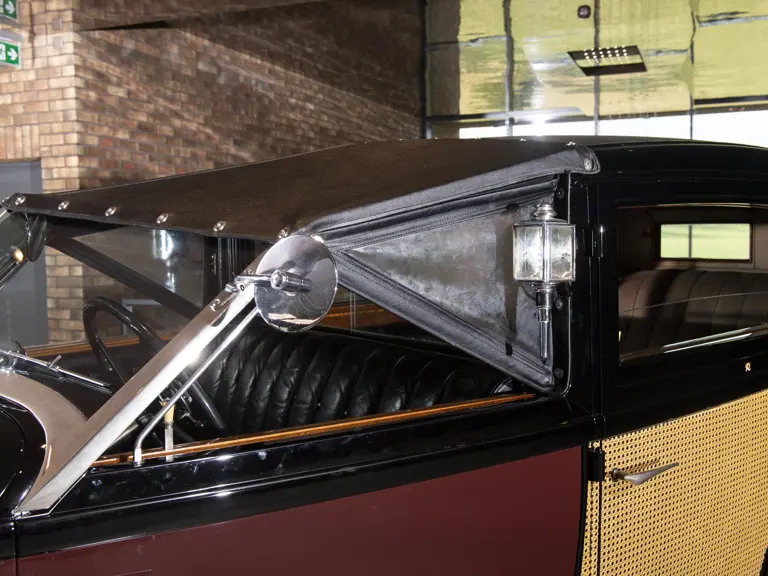
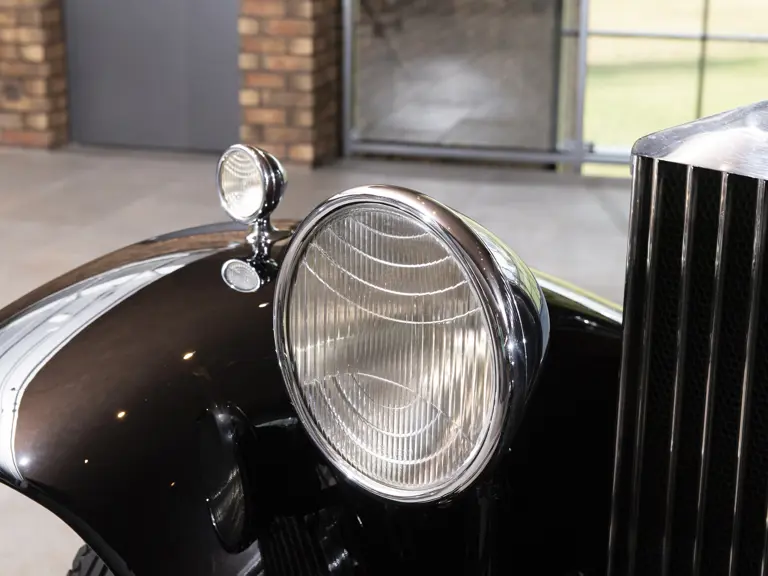

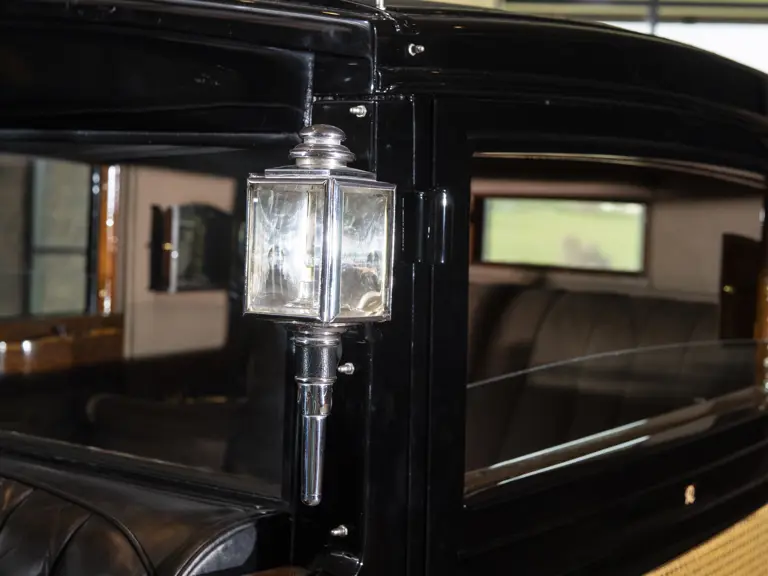
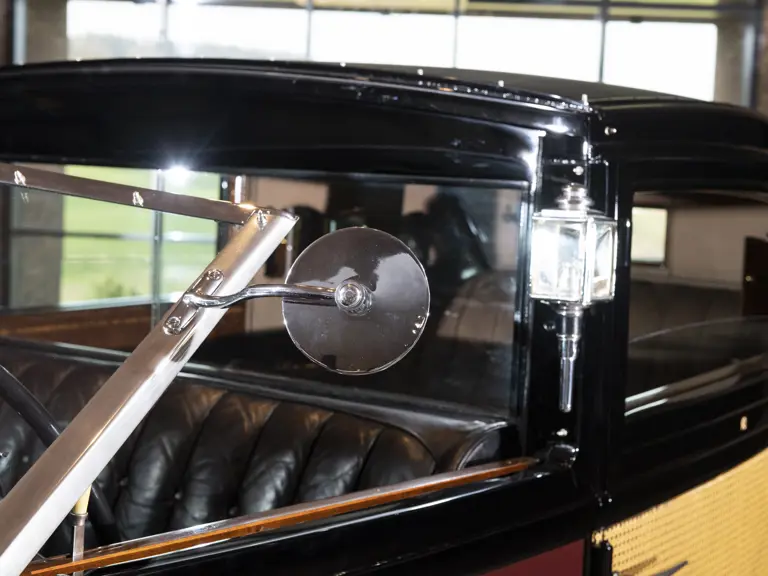
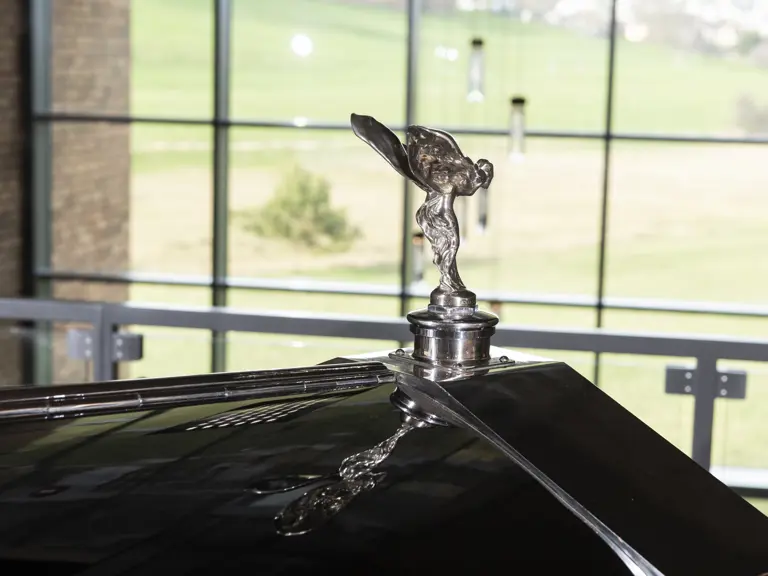
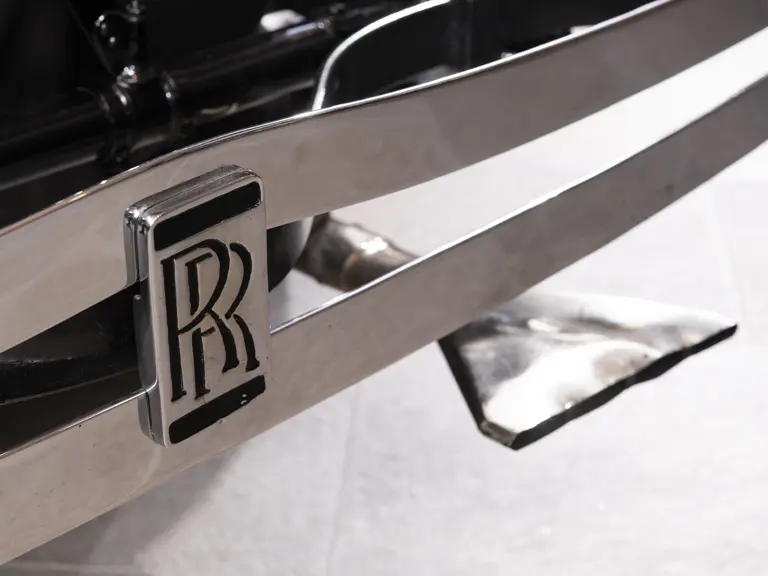
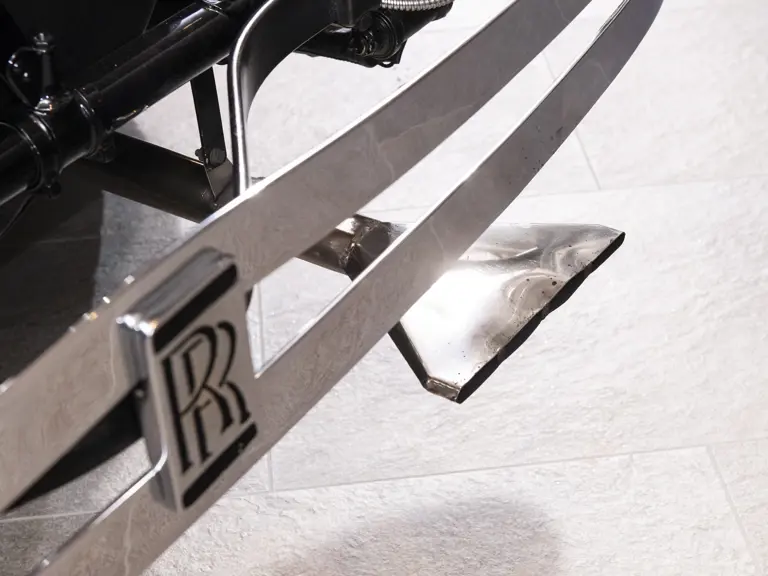
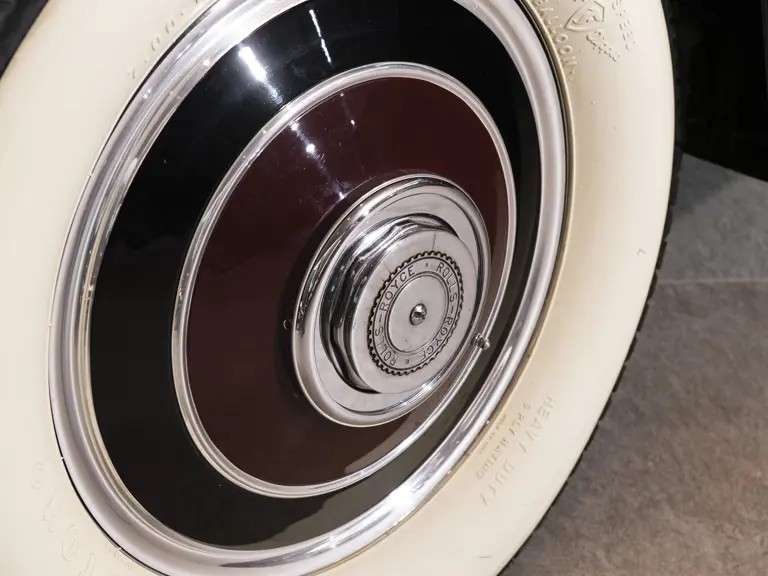
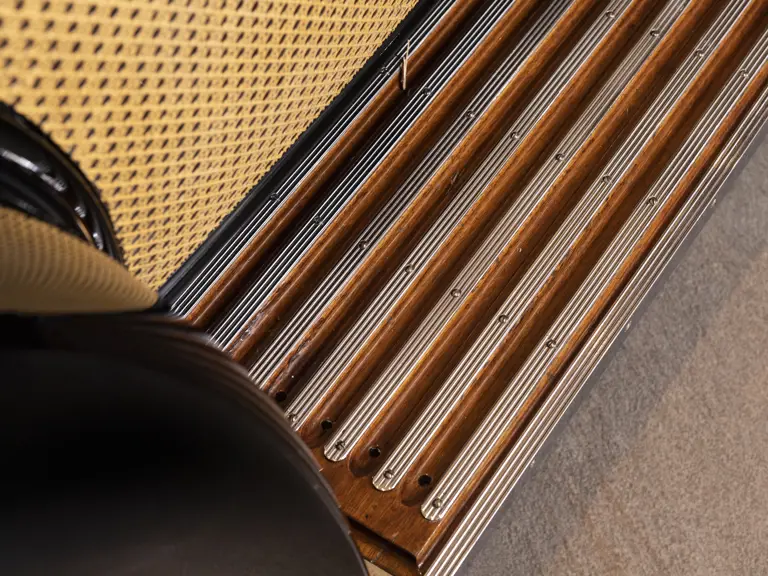
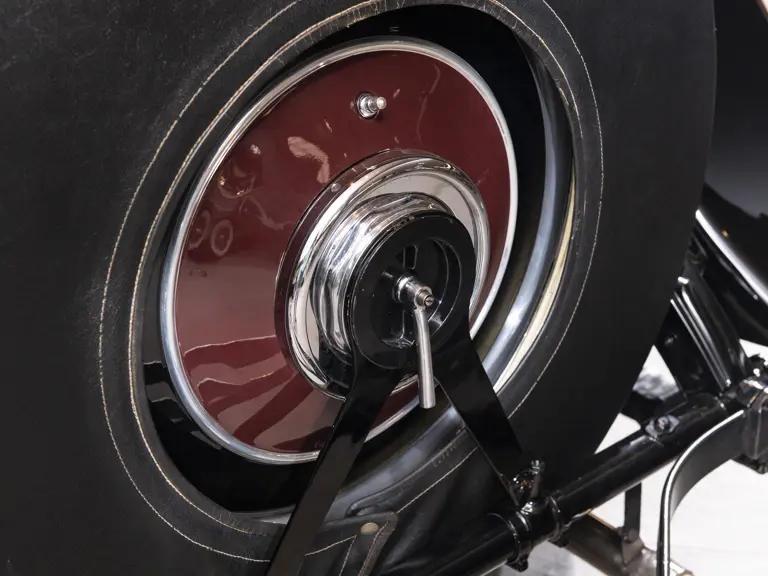
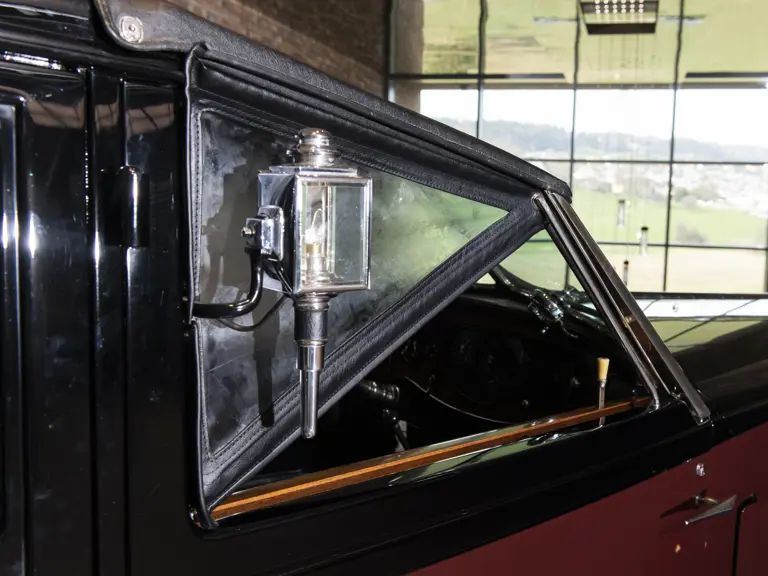
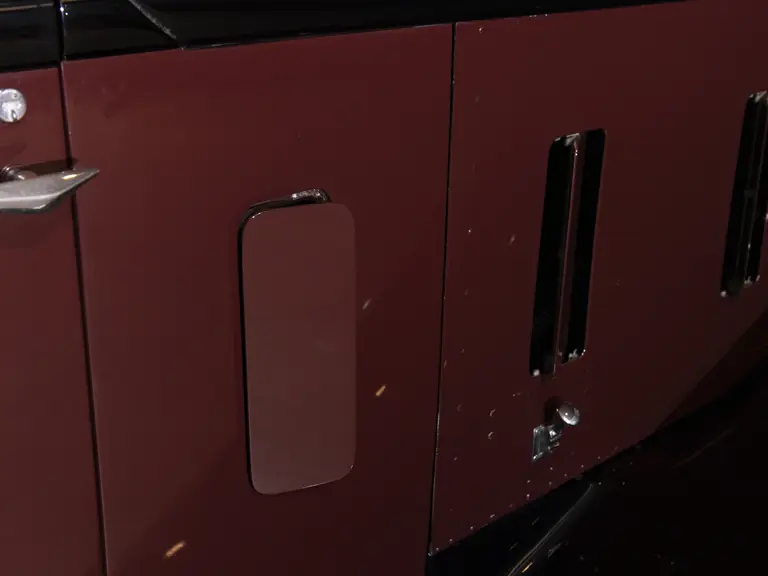
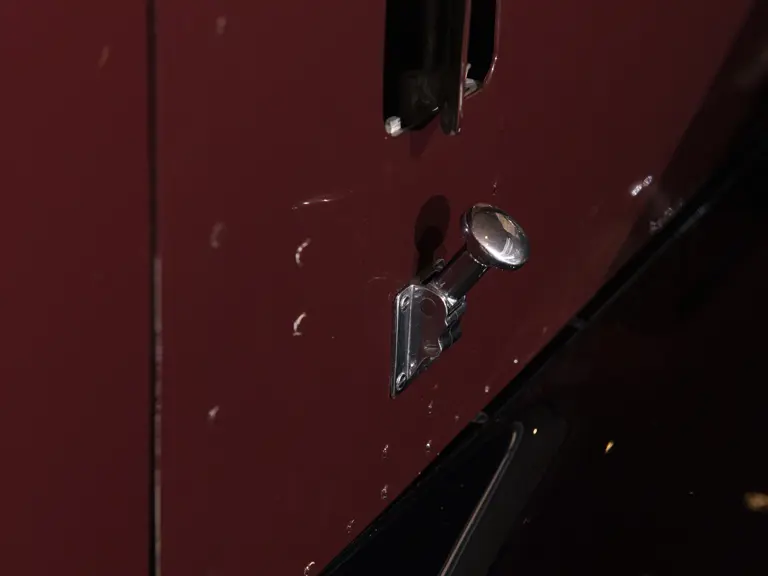
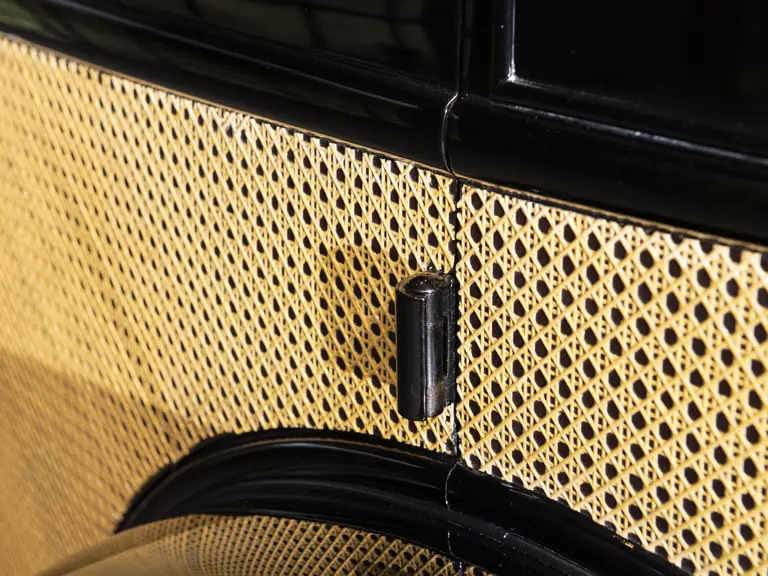
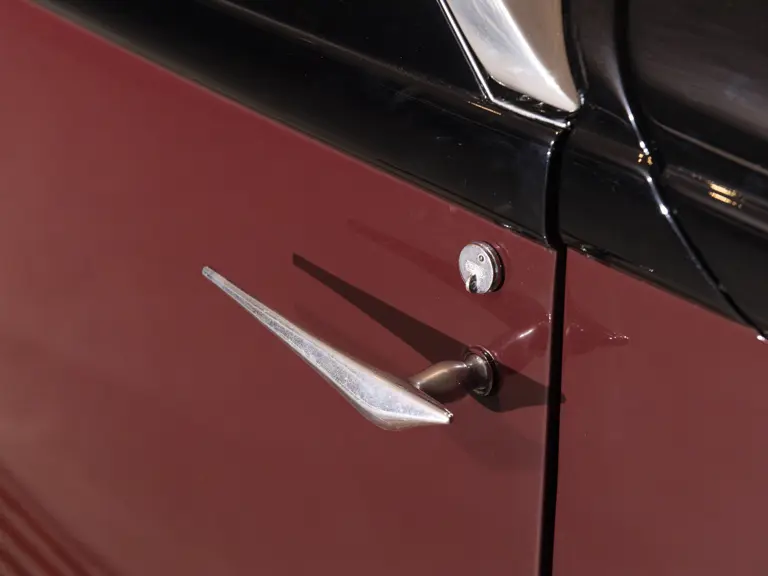
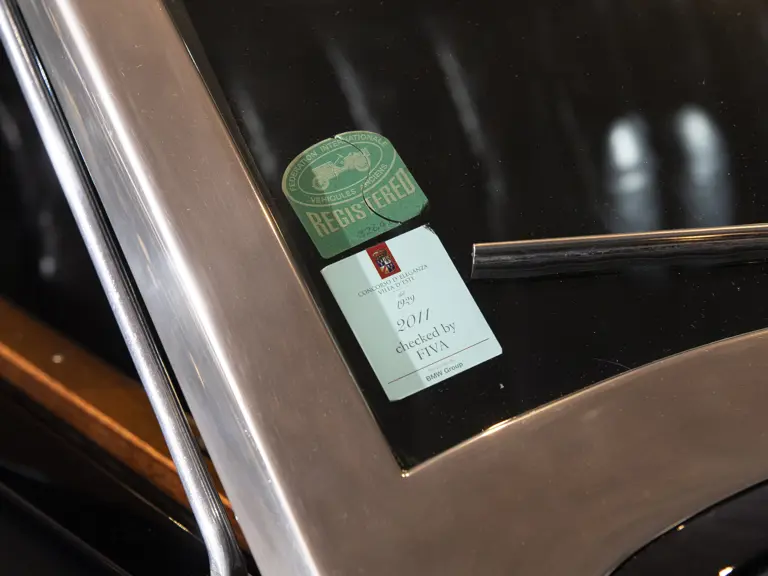
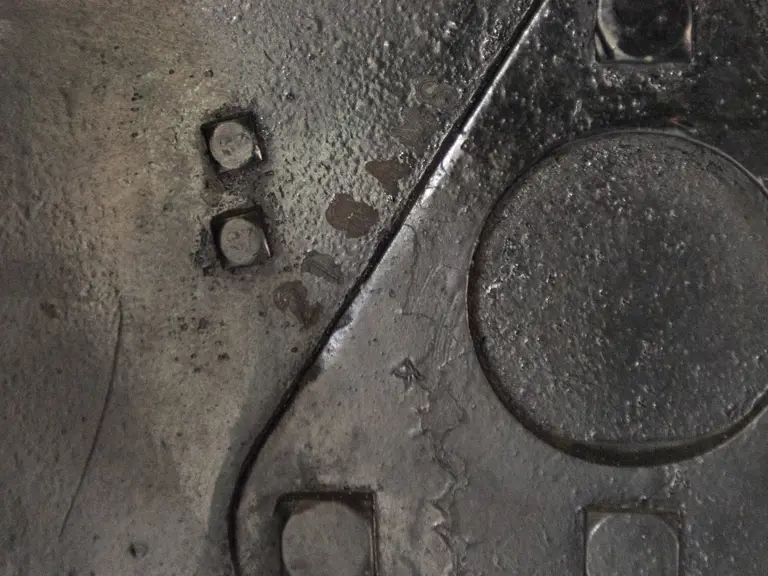
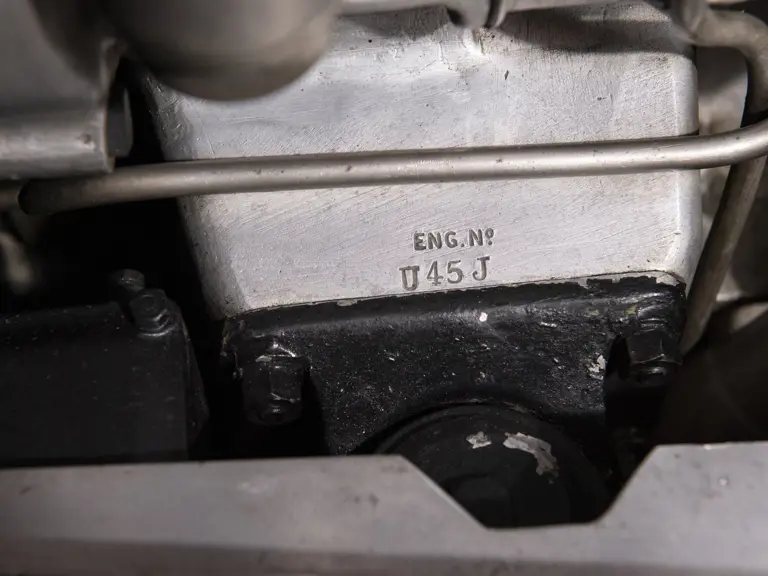
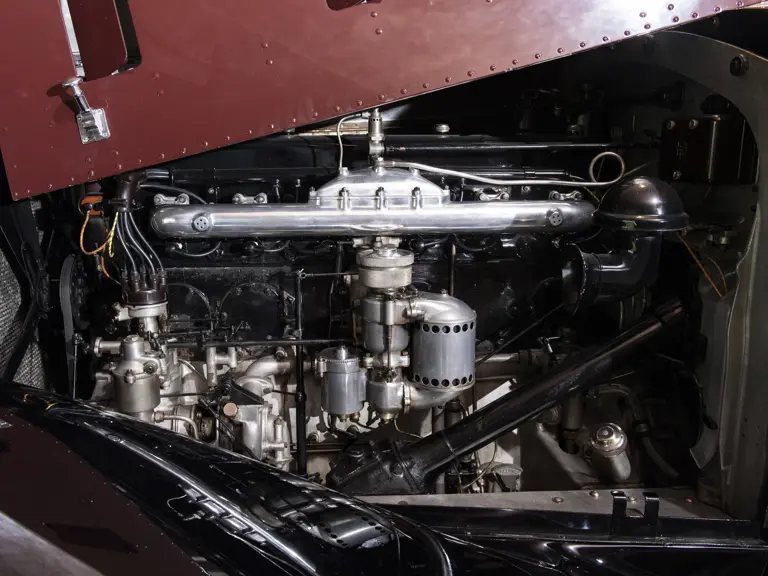
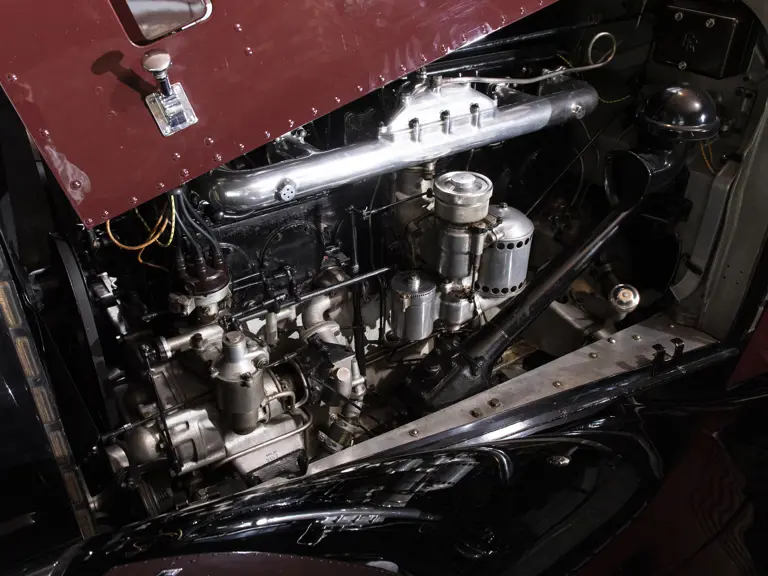

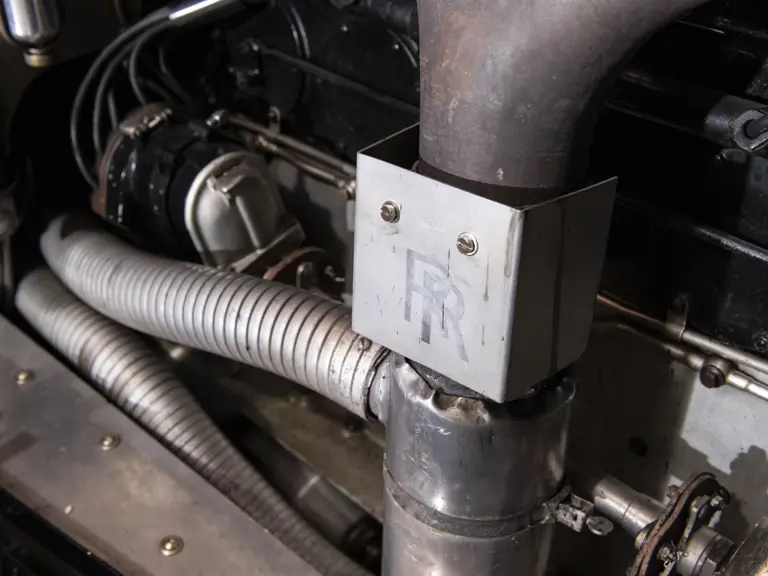
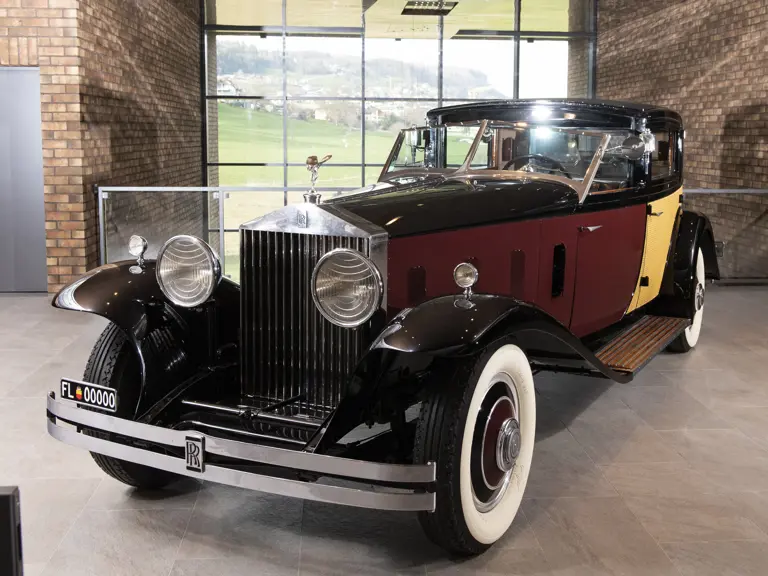
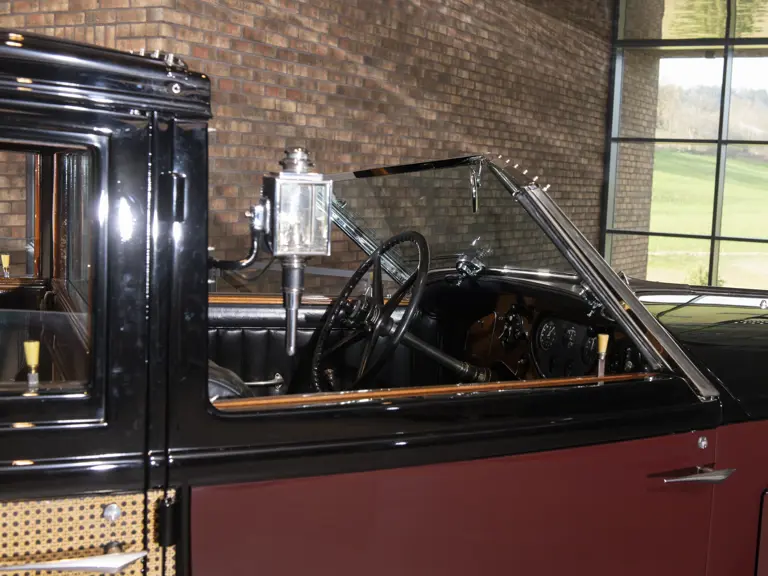


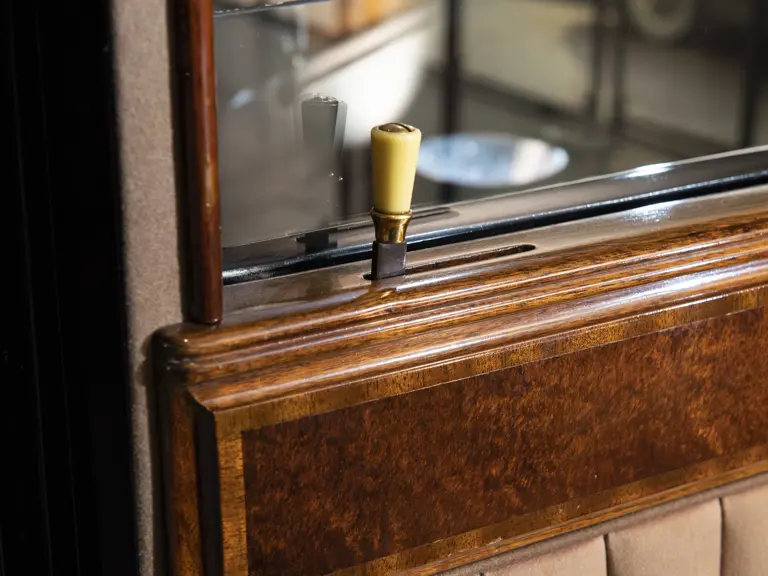
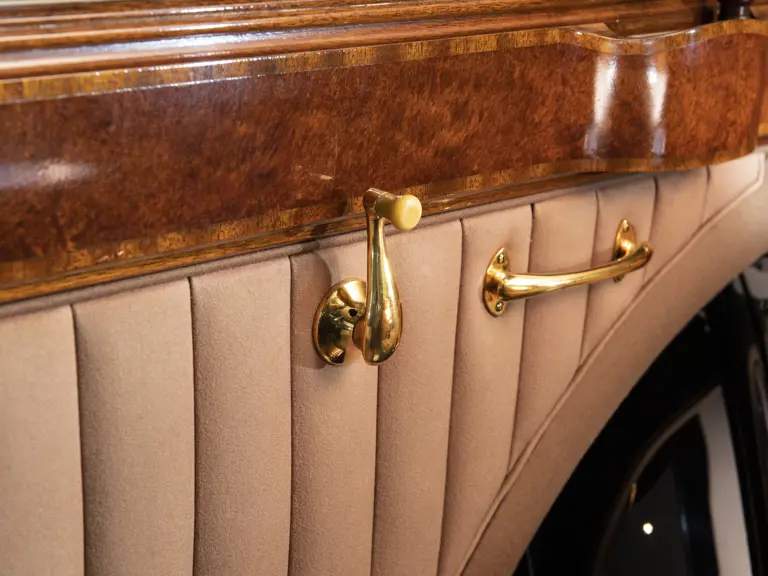
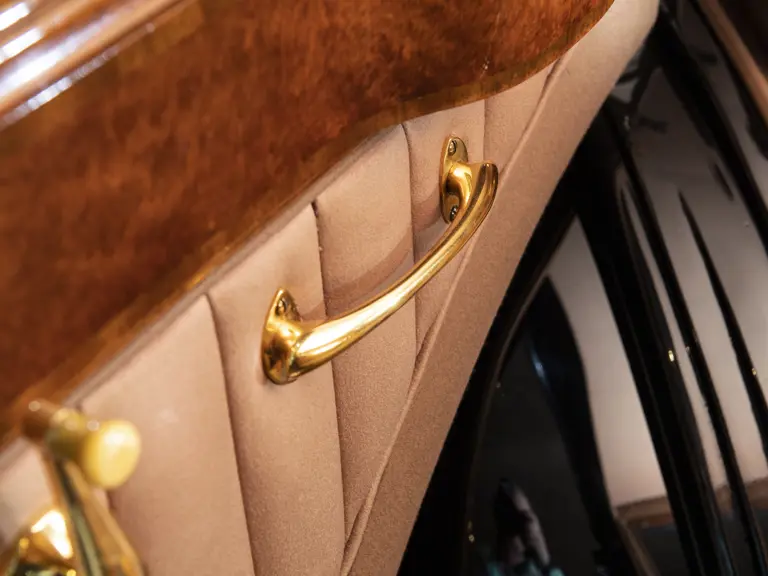
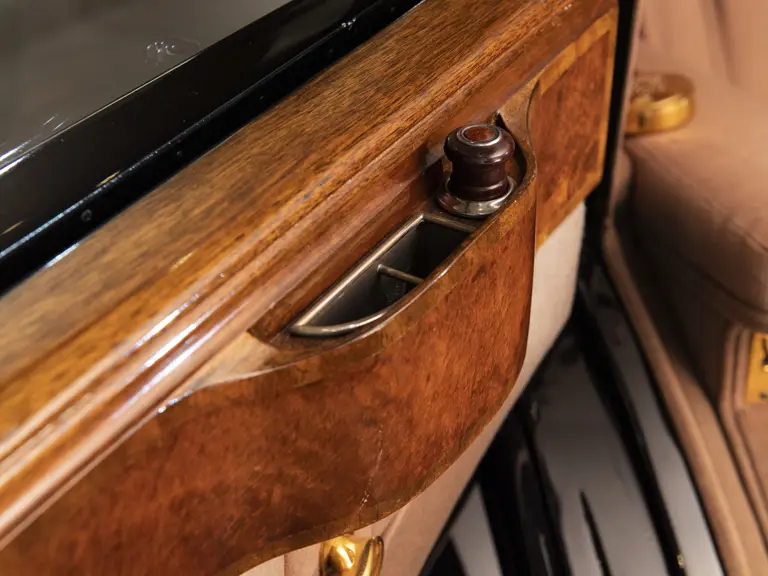
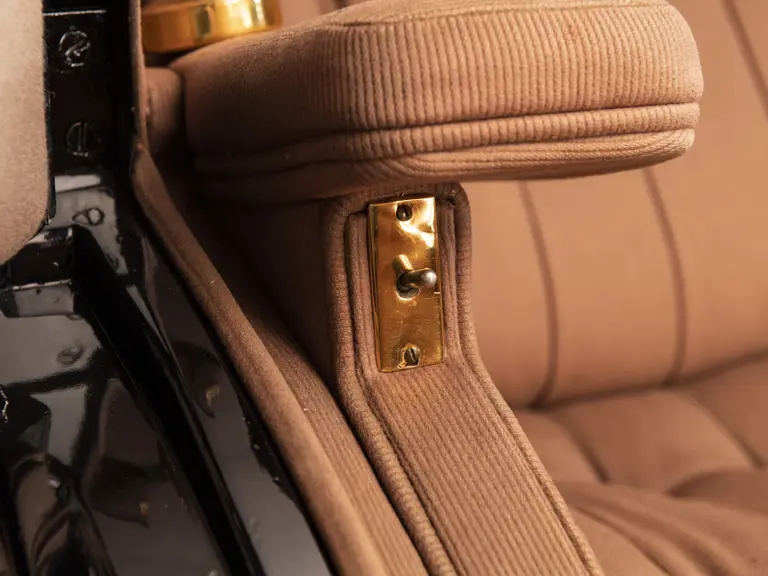

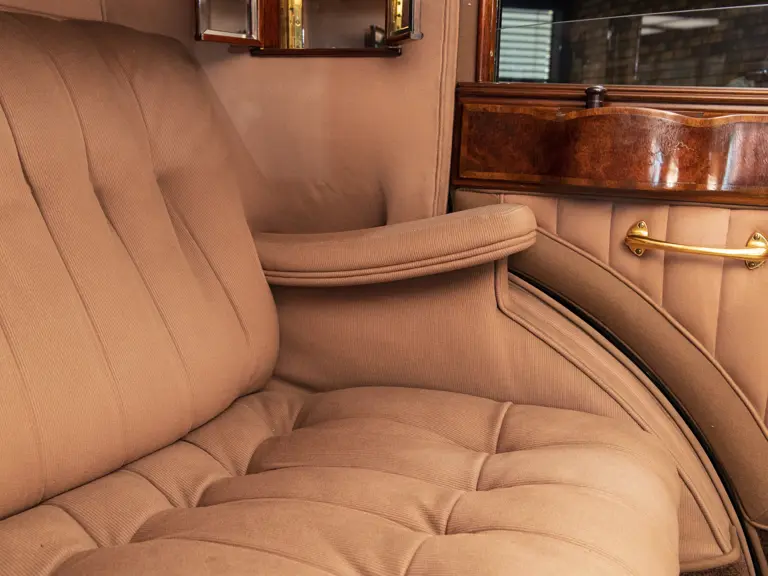
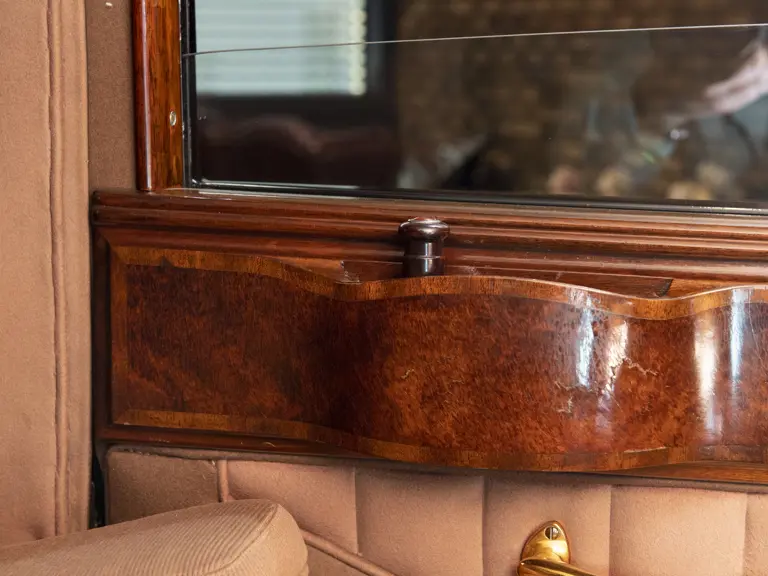


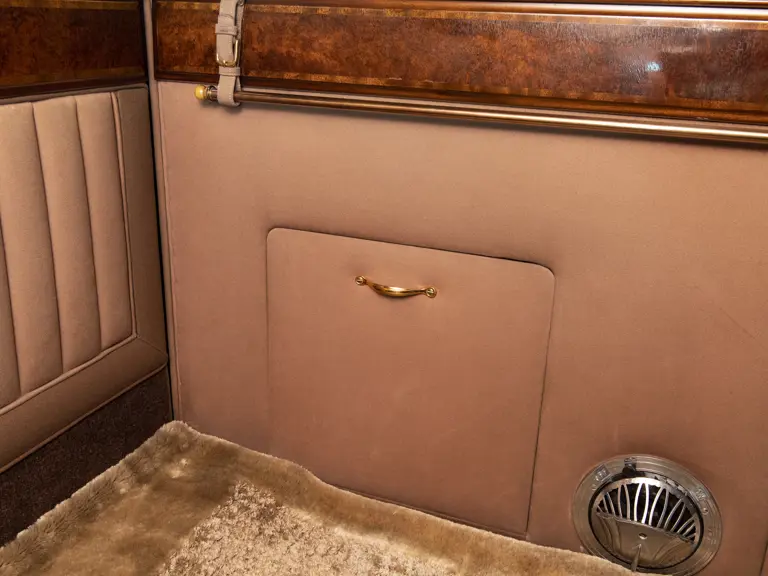
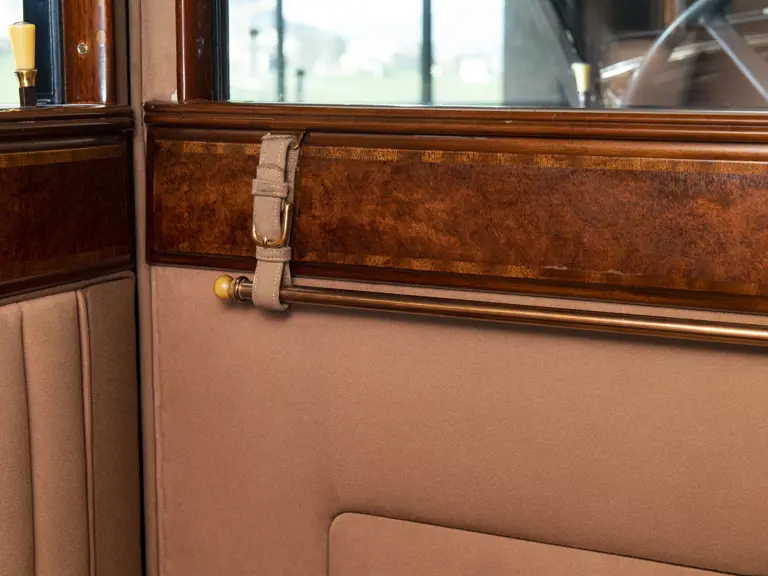
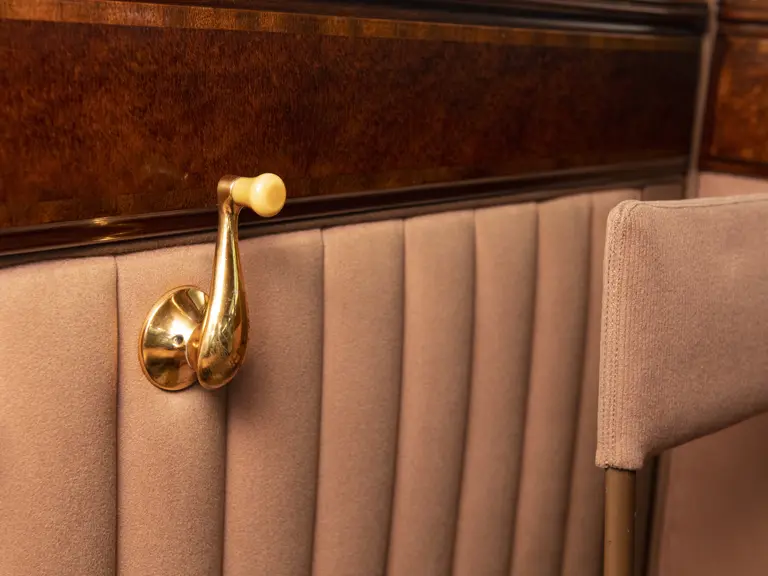
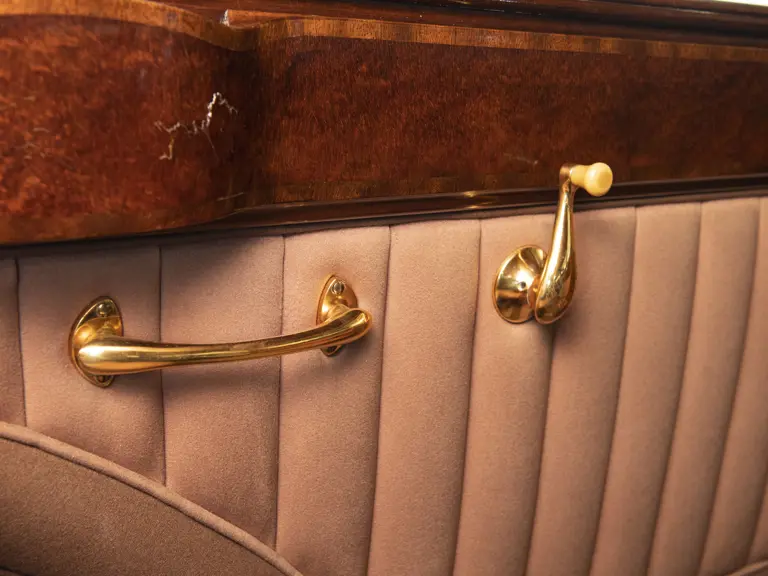


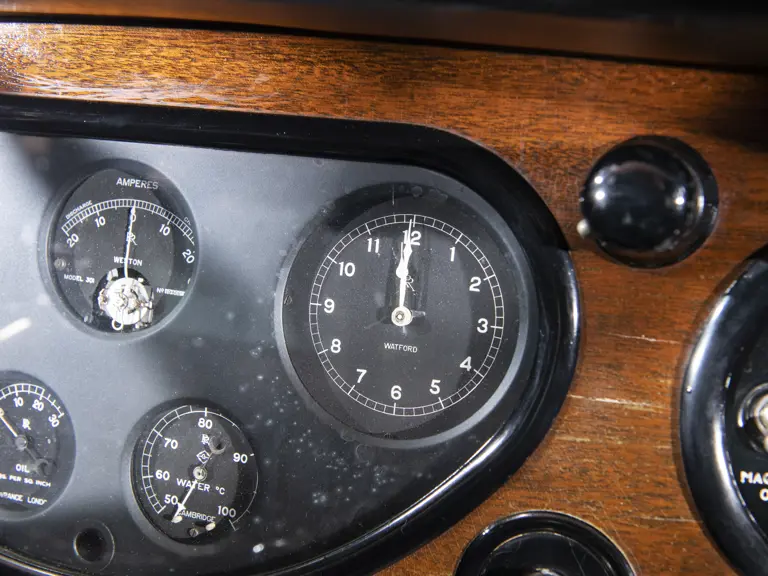

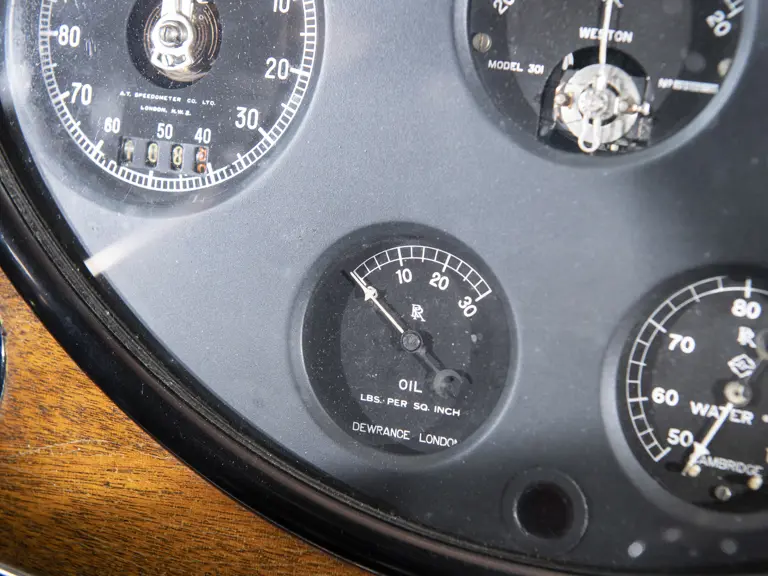
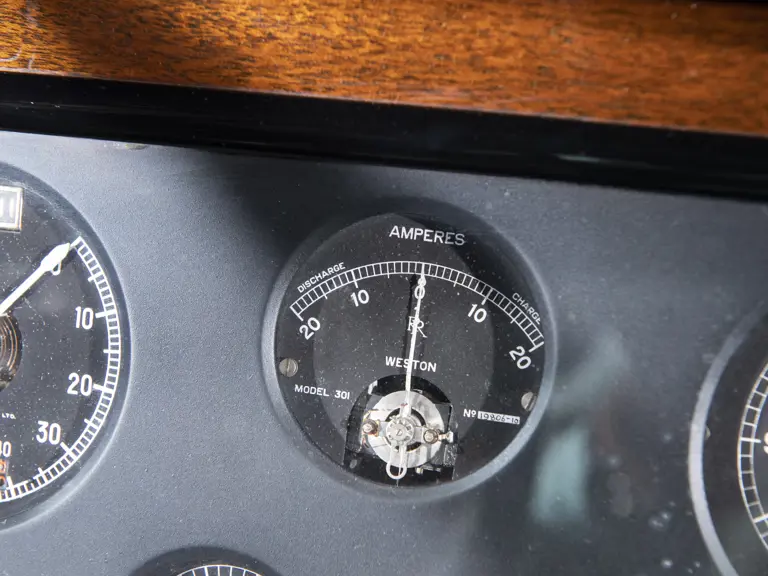
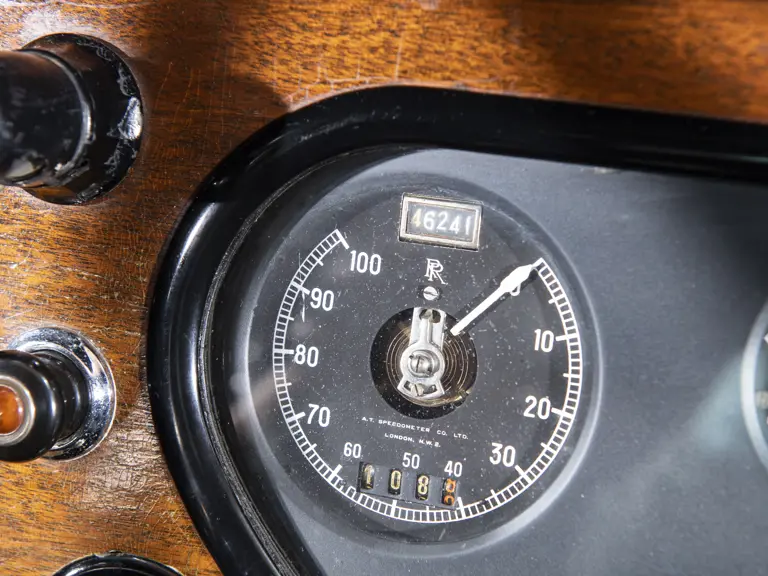

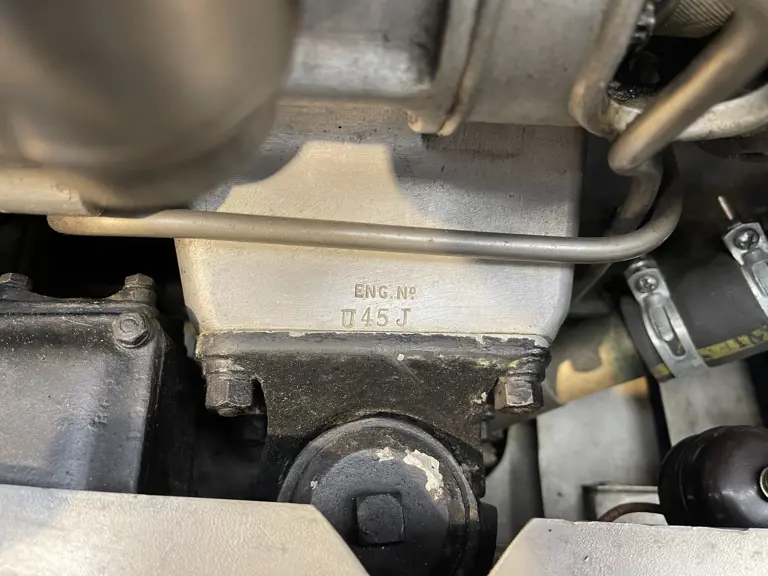
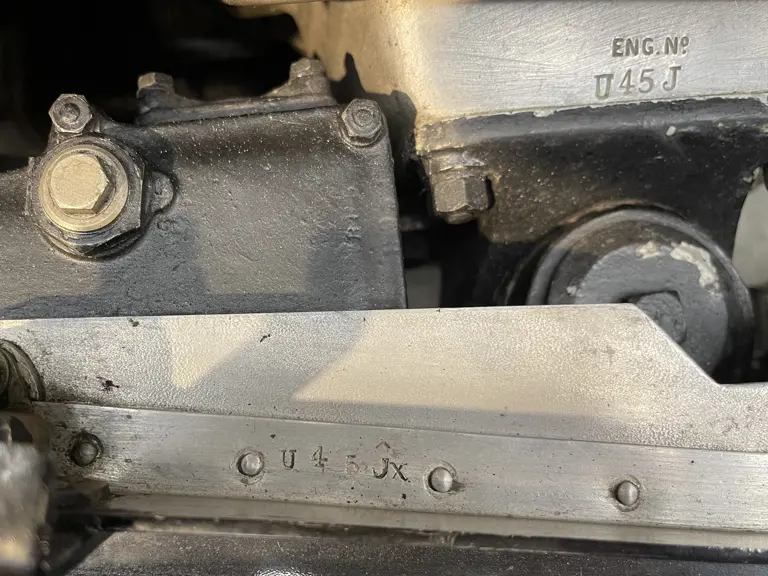
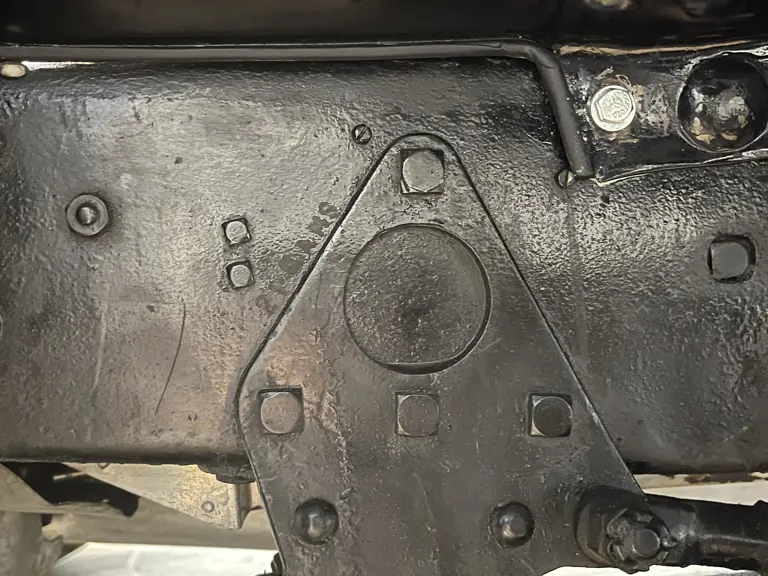
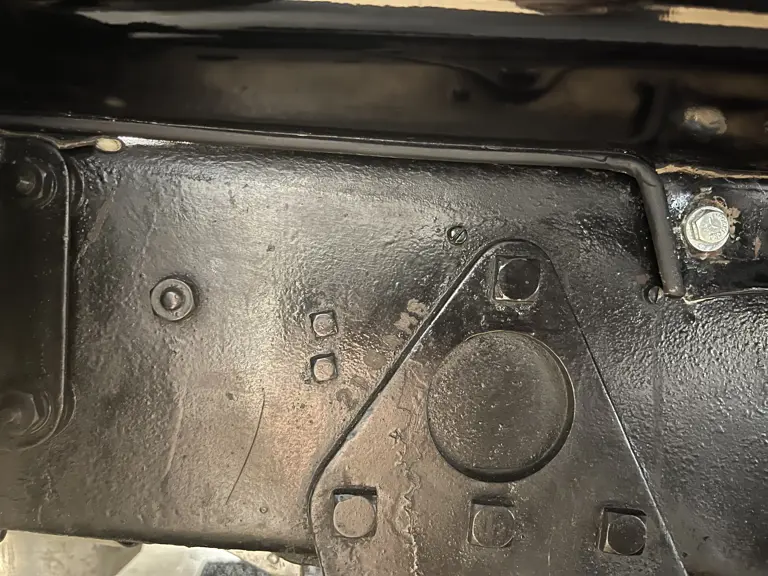
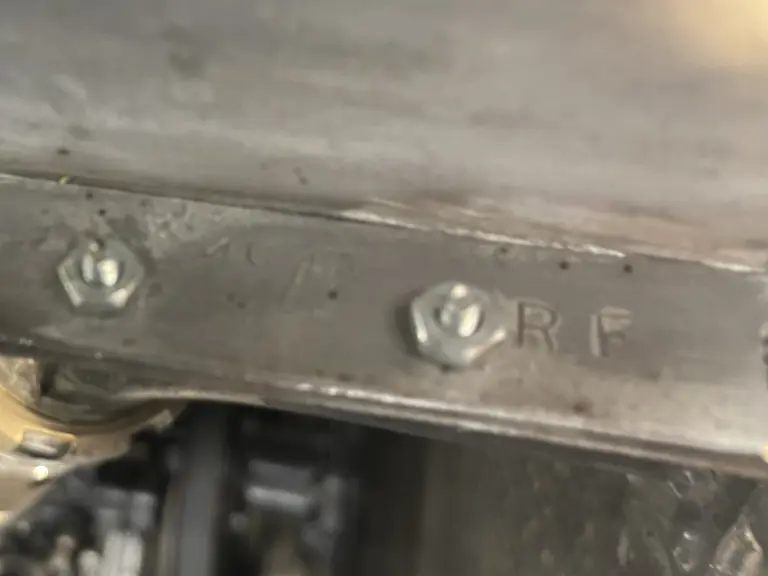
 | Eschen, Liechtenstein
| Eschen, Liechtenstein
